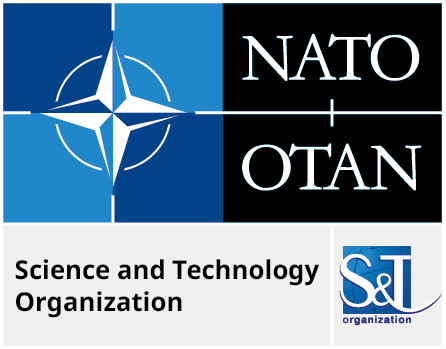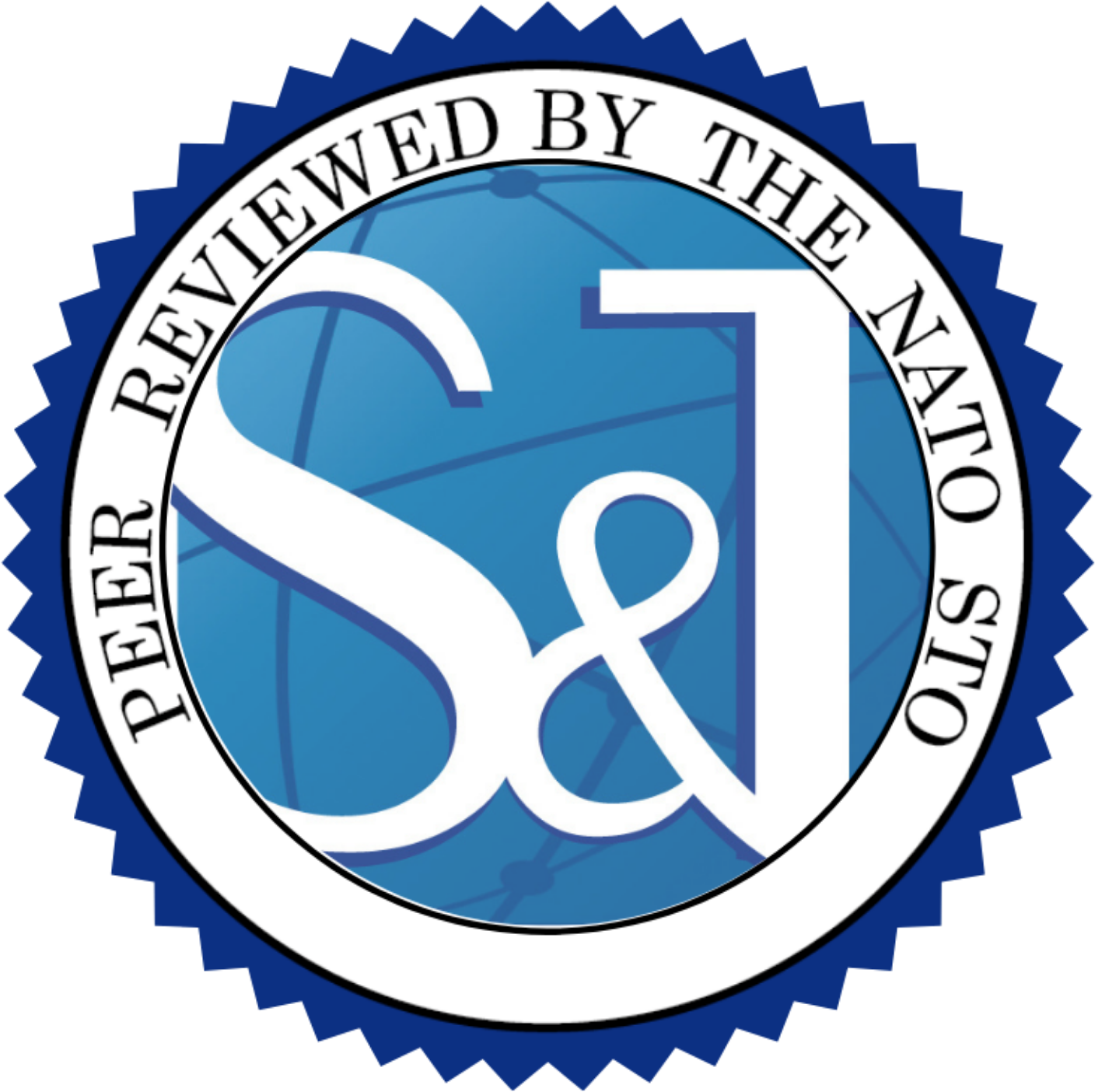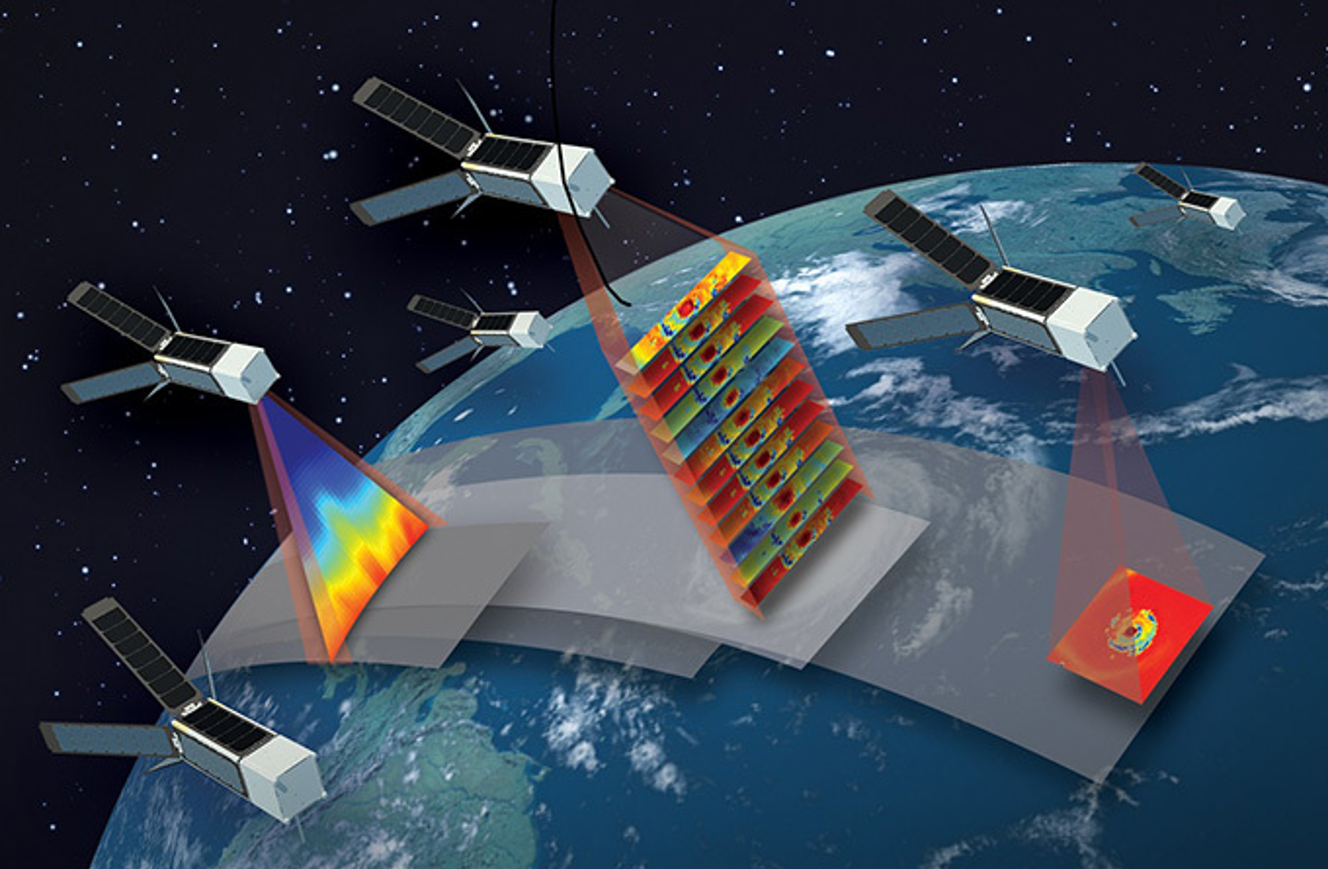Foreword and Editorial
Small satellites have advanced over the last decade from experimental platforms to mission capable space assets delivering science and services to academia, commerce and government. Interoperable small satellites are effective for specific military missions and can operate individually, together in constellations, or autonomously in swarms for higher complexity missions.



